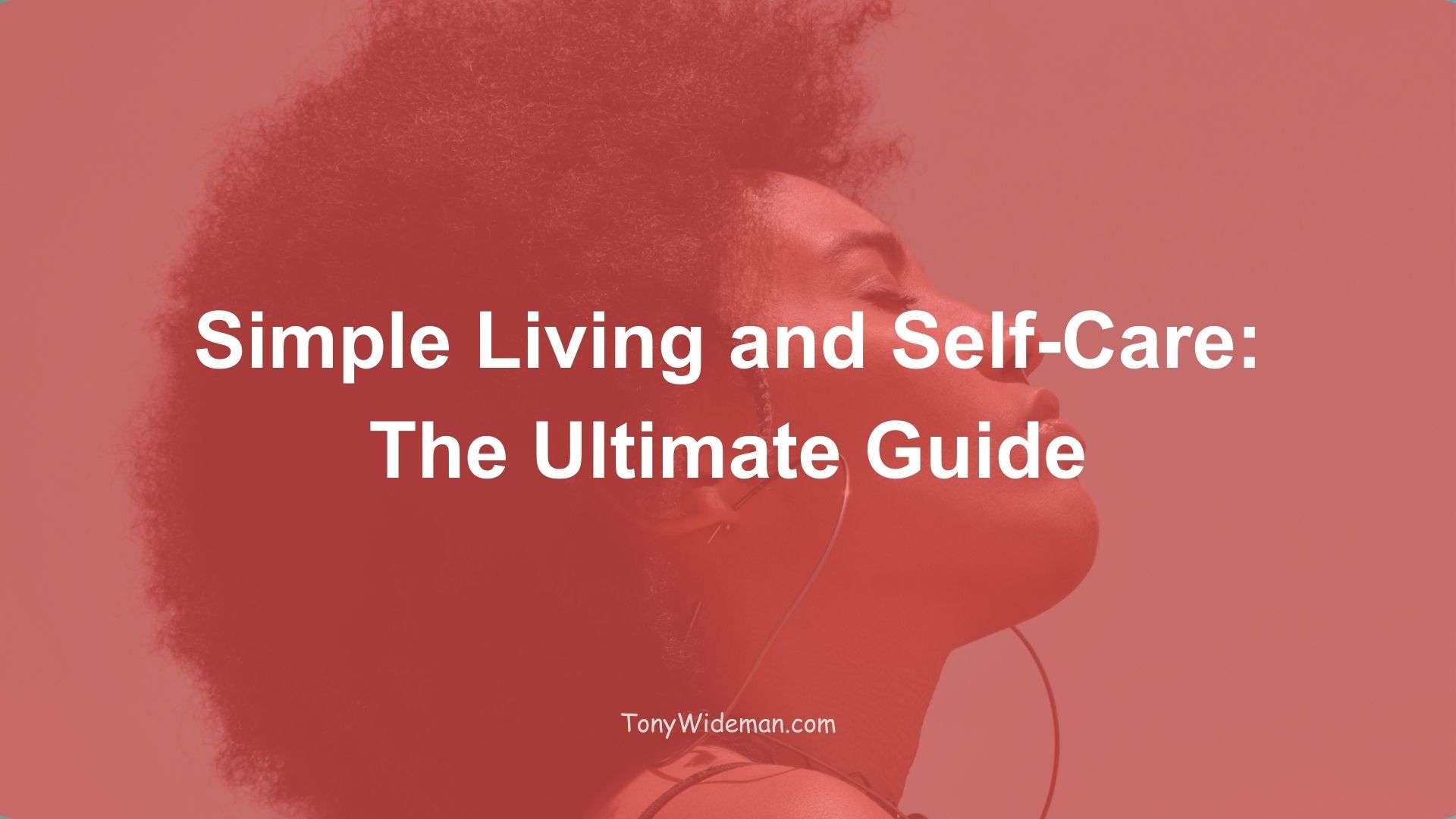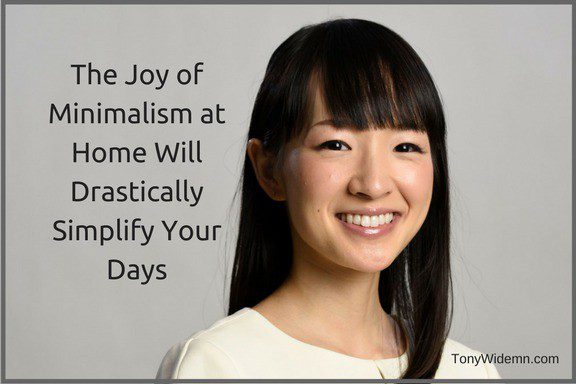Unlocking The Secret To Minimalist Fitness: Less Is More

Minimalist fitness revolves around the idea that a stripped-down approach can enhance physical and mental well-being. It’s about focusing on the essential exercises that give maximum results without overwhelming yourself. You know, choosing quality over quantity.
One of the great perks of going minimalist with your workouts is the clarity it can bring. No more cluttered routines with endless exercises. These simple, straightforward steps save you time and reduce stress. Imagine trading those hours in the gym for a few focused moves and getting your desired outcomes.
It’s common to think that you gotta do more to achieve more, but that’s where minimalist fitness debunks the myths. Working out smarter, not harder, becomes the new mantra. It challenges the belief that long, grueling sessions are the only way to a fit body.
Another key aspect is the focus on experience over quantity. By honing in on form and intention, you can enhance your results. It’s about truly engaging with every movement and understanding what your body needs. This focus can transform simple exercises into powerful tools for change.
Picture this: you’re no longer chained to a grueling six-day workout routine. Instead, you’re doing only the essentials—focused, deliberate movements that yield actual results. Minimalist training strips away the fluff, leaving behind what truly works.
The philosophy is simple:
- Less variety, more mastery: Instead of hopping from one flashy workout to another, focus on foundational movements like squats, deadlifts, and presses.
- Shorter workouts, sharper focus: When every rep counts, there’s no room for mindless sets or endless cardio.
- Recovery as a priority: Minimalist training respects your body’s need to rest, repair, and grow stronger.
Core Principles of Minimalist Training
- Compound Movements Are King
Forget isolating every tiny muscle. Compound exercises like pull-ups, push-ups, and lunges work multiple muscle groups, maximizing efficiency and gains. - Focus on Progression
Minor, consistent improvements trump wild fluctuations in intensity. Whether adding more weight, squeezing out an extra rep, or improving your form, progression is your compass. - Embrace Simplicity
A minimalist routine might involve three to four weekly sessions focusing on strength, endurance, and flexibility. The goal? Maximize output in minimal time.
Designing Your Minimalist Workout Routine
Crafting a minimalist workout isn’t about cutting corners but being smart with your choices. Think of it like having a curated playlist of songs that always gets you moving—each exercise in your routine should be there for a reason, hitting just the right notes.
A solid minimalist routine often features core exercises that work multiple muscles simultaneously. Squats, push-ups, and planks are the kind of moves that pack a punch, giving you strength and stability without needing a dozen different exercises.
Personalization is key. Your fitness goals and body type are unique, so tailor your plan. If you’re after strength, add weights to those squats. If flexibility is the aim, integrate some yoga moves. It’s all about what suits you best.
The beauty of this approach is that you don’t need a lot of gear. A couple of dumbbells, a resistance band, maybe a kettlebell. That’s about it. The focus is on how you use the tools you have rather than how much you’ve got.
Always remember that small, consistent efforts trump monumental, erratic ones. Keep your workouts short but effective; you’ll find this approach energizing and sustainable. There is no burnout, just balanced progress.
The Secret Sauce: Effort Matters
Minimalist training doesn’t mean slacking off—it’s about making every rep, set, and minute count. Push yourself during those brief sessions; the intensity makes up for the reduced volume.
Here’s a simple example:
- Day 1: Strength
- Deadlifts (4 sets of 5 reps)
- Overhead Press (4 sets of 6 reps)
- Pull-ups (4 sets of max reps)
- Day 2: Conditioning
- High-intensity interval sprints (10 rounds of 30 seconds on, 90 seconds off)
- Day 3: Active Recovery
- Yoga, stretching, or a brisk walk to stay loose and recharge.
Why It Works
Our bodies adapt to consistent, purposeful stress. Overloading with endless workouts can lead to diminishing returns—and even burnout. Minimalist training respects your limits while nudging you toward growth.
And here’s the kicker: less time in the gym often means more energy for the rest of your life. That is the beauty of Minimalist Living: more time to do the things you love. Whether pursuing hobbies, spending time with loved ones, or simply enjoying the world around you, minimalist training opens the door to a balanced, vibrant lifestyle.
Integrating Minimalist Fitness into Everyday Life
Making minimalist fitness a part of your life isn’t just about workouts. It’s about weaving it into your daily routine in a way that fits seamlessly without turning your schedule upside down. Start simple by setting aside just 20 to 30 minutes a few days a week. Consistency is your best friend here.
Adaptability is key, especially with busy lifestyles. Don’t stress if you miss a day; get back on track when you can. Flexible planning can be a game-changer. Consider combining your workouts with daily activities, like stretching while watching TV or doing squats while waiting for the kettle to boil.
Pairing minimalist fitness with mindfulness can elevate your routine. It’s not just about moving your body but also about being present in each movement. Practicing mindfulness during workouts can enhance focus, reduce stress, and keep your mental health in check.
Tracking progress is essential, but there’s no need to obsess over numbers. Simple check-ins like how you feel or noticing increased energy can be more motivating than a scale. Remember, this journey is personal, and celebrating small achievements is part of the process.
Creating long-term habits revolves around balance. Rest and recovery are as vital as the workouts themselves. Listen to your body, give it the downtime needed, and it’ll reward you with better performance and fewer injuries. Over time, this balanced approach leads to a healthier, more active lifestyle.
The Takeaway
Minimalist training is more than a workout plan; it’s a way of life. It teaches you to value the essentials, cut through the noise, and focus on what truly matters. You can achieve remarkable results consistently and intentionally without sacrificing all your time and energy.
So, are you ready to trade in the grind for a more innovative, leaner approach to fitness? Your more substantial, efficient self is just a few deliberate workouts away.







